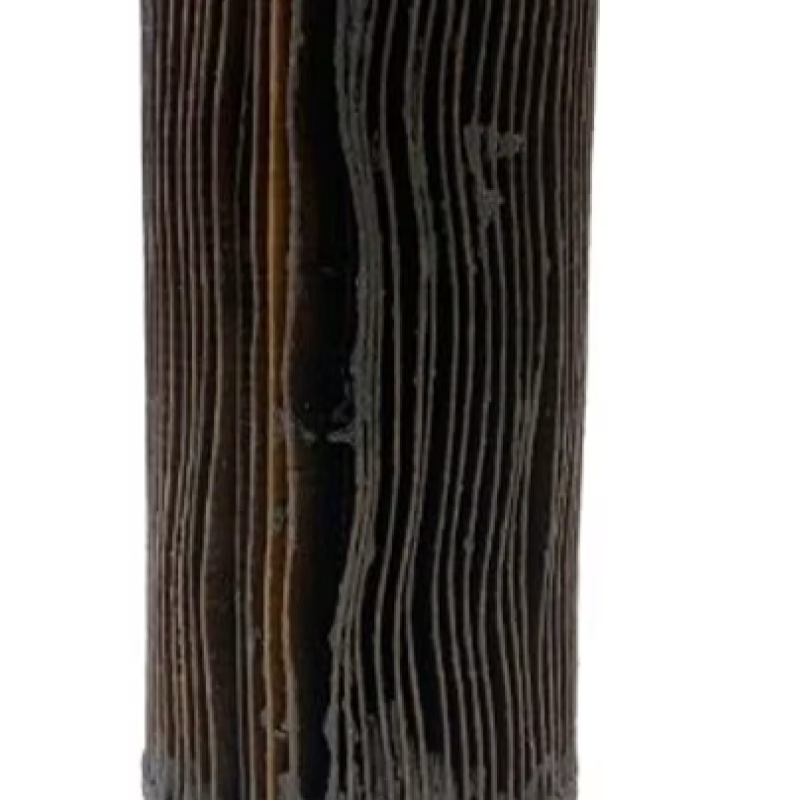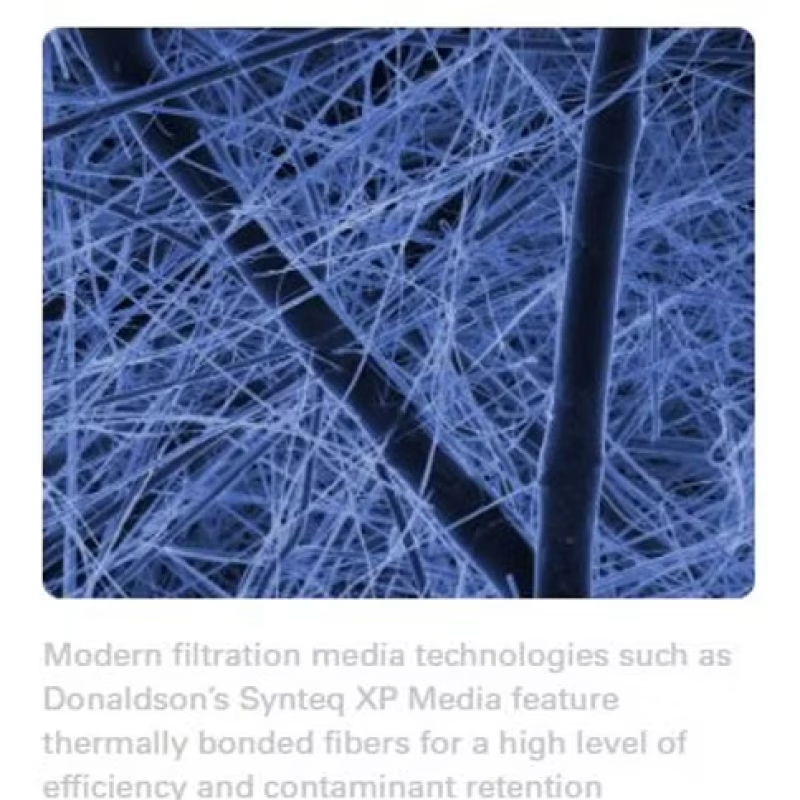5 Quick Facts About Fuel Quality and Filtration

Technical Articles as seen on www.donaldson.com
Today’s diesel equipment requires higher fuel cleanliness to meet the demands of precision-designed fuel system pumps and injectors. However, keeping diesel clean is more complex because of higher concentrations of water emulsions in fuel and organic contaminants that can foul the system.
Fortunately, advancements in fuel filtration are helping to meet growing fuel cleanliness requirements of modern diesel engines for increased performance. Here are five quick facts about fuel quality and today’s technology:
1. The Smallest Contaminants Can Be Crippling
The high-pressure common rail (HPCR) fuel systems used in low-emission diesel engines are much more susceptible to damage from contaminants 20 times smaller than the diameter of human hair. For OEMs, this means more stringent requirements for fuel filtration. Today, the industry is measuring high-efficiency closer to 99.9 percent for particles in the 4-micron range. A fraction of a percentage point can make the difference on whether a filtration system can achieve the fuel cleanliness requirements for the HPCR components.
2. Water Is an Ever-Formidable Enemy
Water in the fuel supply is a significant hurdle in achieving the best performance and can also cause fuel filter plugging, injector deposit buildup, fuel instability and even bacterial growth in onboard and bulk fuel tanks. As a result, primary filters are transitioning to advanced filtration technology referred to as coalescing filtration, which features multi-layered filter media and multiple stages of filtration and separation to collect finer water droplets into larger ones so that they can be more easily removed from the fuel.
3. Fuel Additives Require Care
The transition to ultra-low-sulfur diesel has created the need for additives to replace the lubricating properties of sulfur-based compounds. Surfactant-based fuel additives with good fuel solubility characteristics are beneficial because they bind to a wide range of surfaces and help maintain fuel purity. But they need to be used properly.
4. Watch Your Biodiesel Blends

5. Today’s Fuel Filters Have Evolved
Modern filtration media technologies such as Donaldson’s Synteq XP Media feature thermally bonded fibers for a high level of efficiency and contaminant retention As a high-efficiency filter picks up more fine contaminants, what may have passed through in previous years may now be a contributing factor to plugging a tighter filter. Proven media technologies like Synteq XP™ used in Donaldson Blue® fuel filters address this by delivering a high level of efficiency and contaminant retention.
